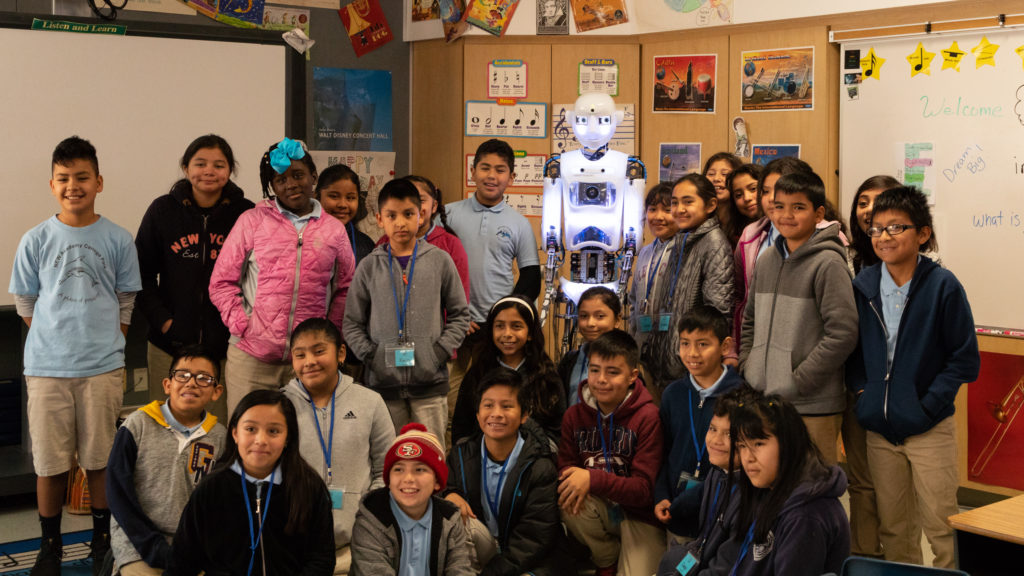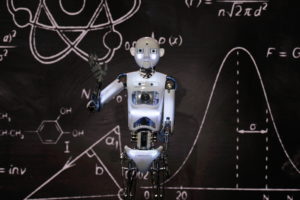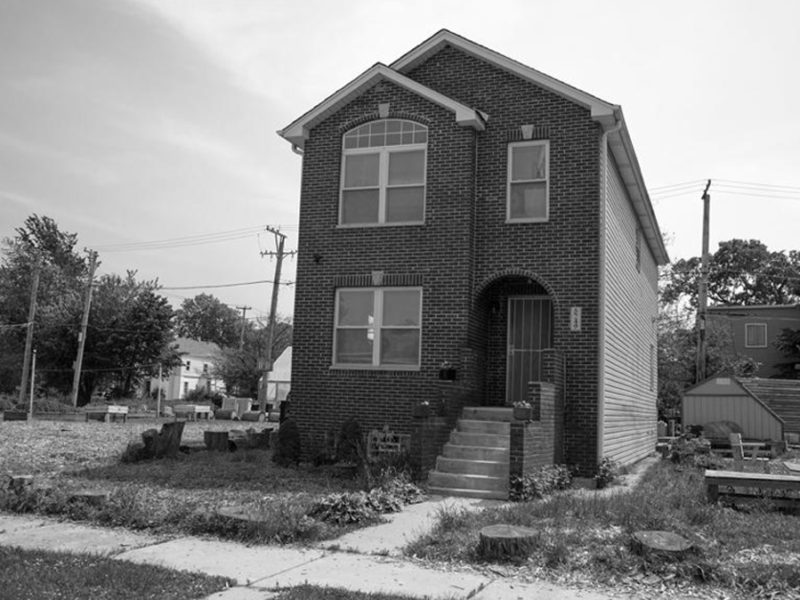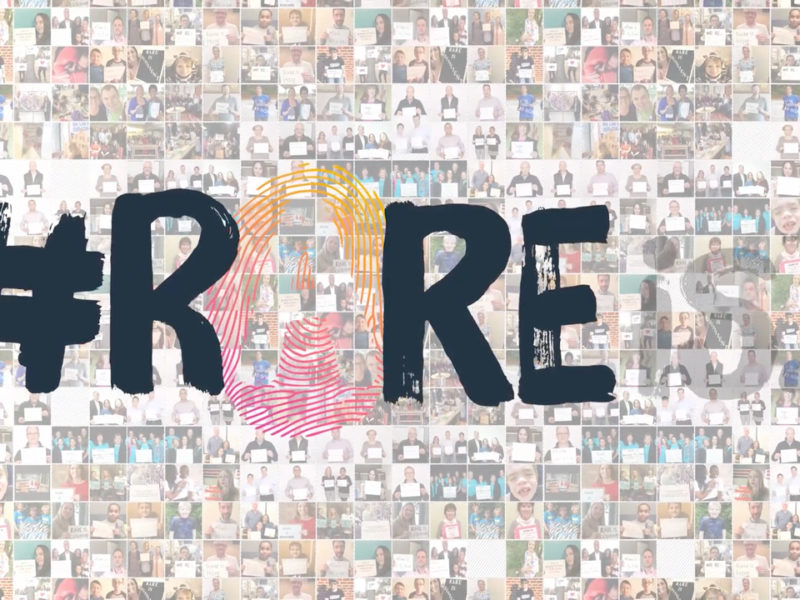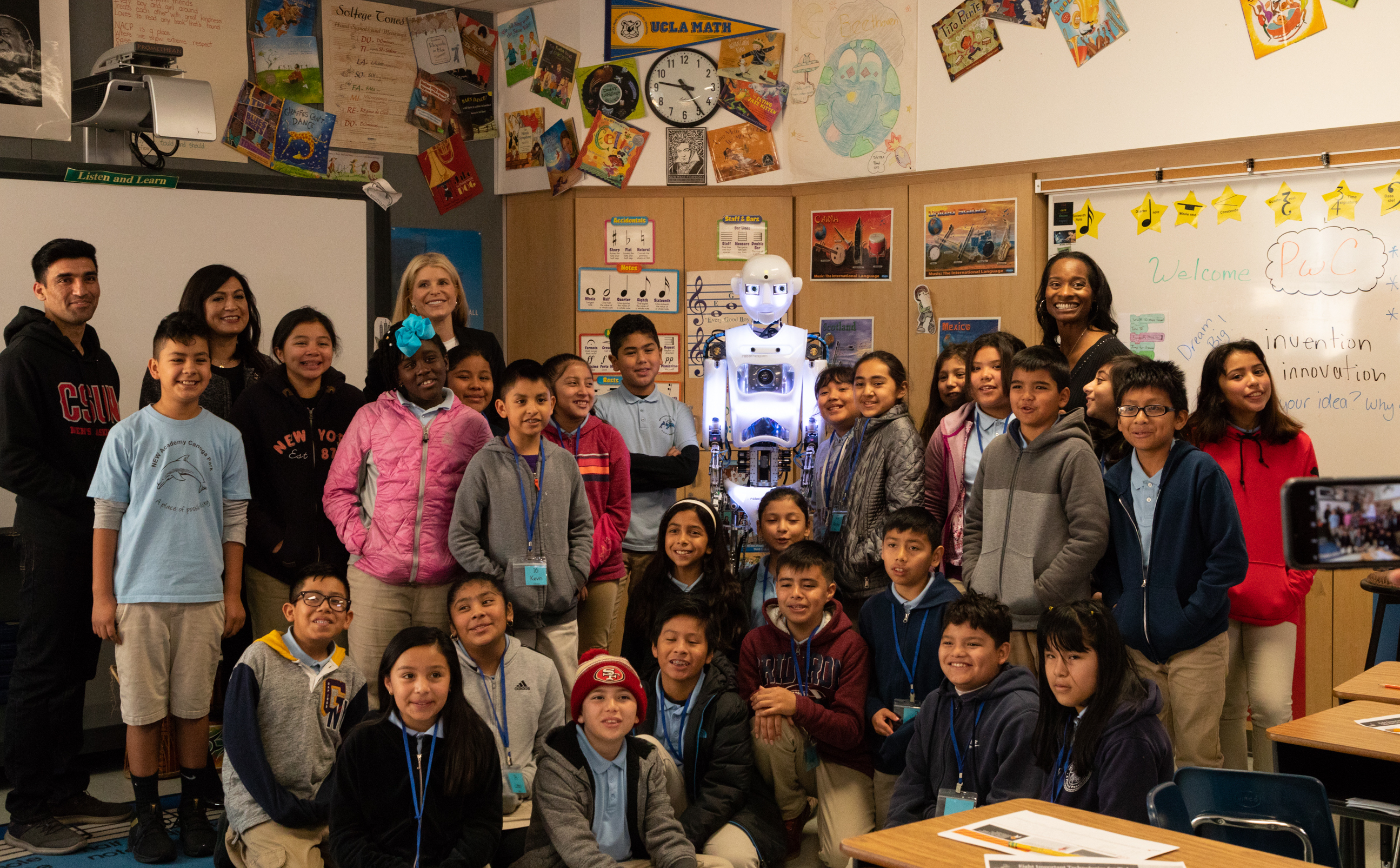
Shortage of Tech Skills Inspires Creative Teaching Approach
How do we build a more diverse workforce in technology and STEM fields? Our friends at PwC are starting with the next generation of leaders. When posed with the challenge of how to excite students from underserved communities about the opportunities in tech and STEM, PwC got innovative with the solution; they brought a life-size robot onboard to take their initiative to the next level. Read on to learn more about how PwC’s newest team member, CODE-E, is activating youth around technology and STEM.
Tell us about the newest addition to the PwC team: CODE-E. How did CODE-E join the team?
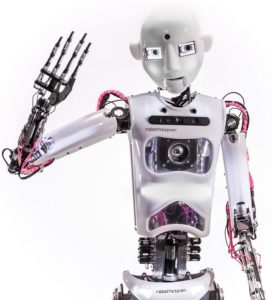 CODE-E is our life-size robot who’s helping us excite students about technology and STEM. At PwC, we’ve been thinking of ways to help students, especially female, Black and Latino students, fall in love with technology because there is currently a shortage of diverse talent with tech skills that address the shifting demands of the workplace. A half million jobs in computing are currently open, which means businesses need to look to new talent pools to help close the gap.
CODE-E is our life-size robot who’s helping us excite students about technology and STEM. At PwC, we’ve been thinking of ways to help students, especially female, Black and Latino students, fall in love with technology because there is currently a shortage of diverse talent with tech skills that address the shifting demands of the workplace. A half million jobs in computing are currently open, which means businesses need to look to new talent pools to help close the gap.
At PwC, we challenge ourselves to develop innovative solutions that are purpose-led and values-driven, so we decided to introduce a human-sized robot to students in the classroom to spark new ideas and a love for learning technology that will lead to future career aspirations.
CODE-E was brought on to support your efforts in tech and education. Can you tell us more about that, and how CODE-E’s expertise will help students access their full potential?
CODE-E is a key piece of our $320 million commitment Access Your Potential (AYP) to teach technology skills in underserved communities . Many classrooms don’t have the opportunity to have a robot visit. We want to focus on getting into classrooms where this opportunity would otherwise not exist. When students (plus teachers and our employees alike!) first meet CODE-E, they’re intrigued. Some of the younger students walk into the classroom, gasping with excitement that they get to meet a real-life robot! Many people stare at it, walk around it and try to figure out how it works, but most are not quite sure what to make of it. CODE-E certainly sparks a level of curiosity among everyone it meets.
In the classroom, CODE-E partners with a teacher or instructor to introduce PwC’s ‘essential eight’ technologies, shares some of the tech-enabled luggage it travels with to further pique the interest of students, and answers all sorts of questions from them. It’s clear that the students are inspired by the robot standing in front of them, but we know that we have to make sure it’s personal for them, and connect seemingly lofty concepts about robotics to their day-to-day. A critical part of the lesson is getting students to brainstorm specific ways that technology can help address a problem they see in their school or communities. We are consistently impressed by the ideas that students share around ways that technology can be used to help other people and improve lives — from exoskeletons, to garbage clean-up and refrigerators that help you make healthier choices. We know that you need to be well to work well. When students have experiences like this, they realize their potential to engage further in the technology space – they become inspired to learn more.
Tell us more about AYP, and how CODE-E will support this initiative?
Through AYP, by 2021, we will inspire 10 million students, train 100,000 teachers and guidance counselors and mentor 10,000 students. This is one way our firm’s purpose — to build trust in society and solve important problems — comes to life.
AYP helps address the gap in tech talent and build a more diverse workforce with the skills to help business address some of the most pressing challenges that come with evolving technologies. CODE-E serves the very important role of exciting students, triggering their curiosity and sense of wonder, leaving them brimming with questions and ideas about how technology can play a larger role in their lives. And, CODE-E will soon be joined by a little sibling robot to help teach and inspire an even greater number of students around the country.
What’s on the agenda for CODE-E in 2019; Is there anything you can share with us about what students in Chicago can look forward to this coming year?
CODE-E is on the road this year! We’ve already visited schools in New York City and Los Angeles, and are heading next to Chicago and Detroit. In Chicago, we’ll be visiting St. Margaret of Scotland School and Chicago Jesuit Academy on February 27th and 28th. Students so far have loved the robot and we’re excited for the adventures to come! You can see CODE-E’s visit on Chicago Ideas’ Instagram handle on the 27th, and everyone can follow CODE-E’s adventures by following the @PwCUS Twitter handle.
And the question we all want to know the answer to: How did CODE-E get its name?
Great question! PwC crowdsourced it by posting an introductory video about CODE-E on PwC’s social channels, requesting that people submit name ideas. Our team then narrowed the choices down to three names and published a poll allowing people to vote on their ultimate favorite. CODE-E was – and is – a true fan favorite!


